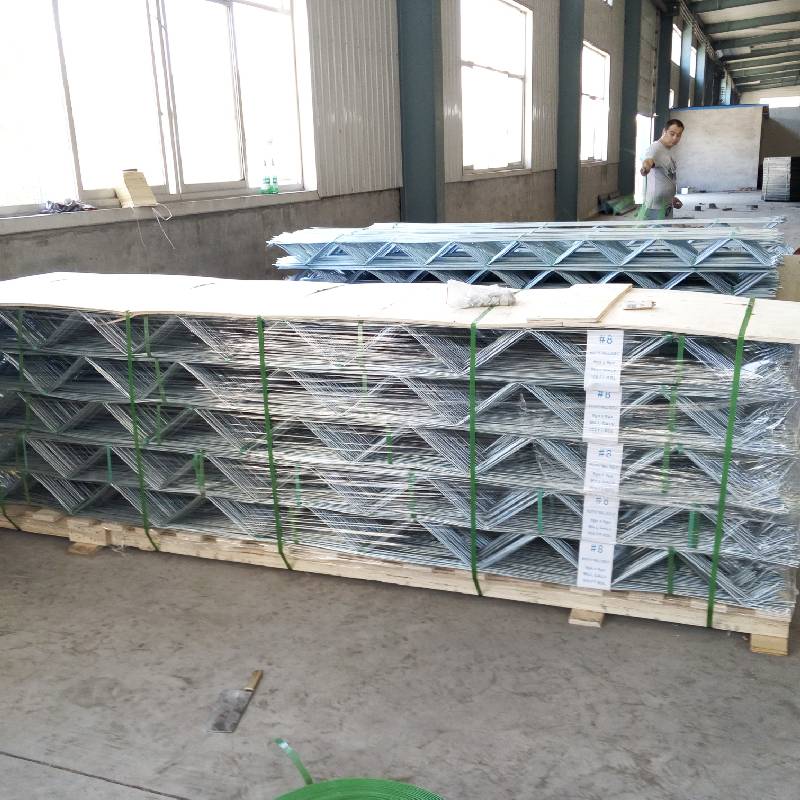
- Mobile Phone
- +8613931874955
- sales@cntcmetal.com
cost of field fence
Understanding the Cost of Field Fencing A Comprehensive Overview
When it comes to land management and agricultural practices, field fencing plays a crucial role. Not only does it delineate property boundaries, but it also protects crops, livestock, and natural resources from external threats. However, prospective buyers often find themselves grappling with the cost of field fencing and may wonder what factors influence these expenses.
Types of Fencing Material
The cost of field fencing can vary significantly based on the materials used
. Common types of fencing include barbed wire, woven wire, electric fencing, and wooden fencing.- Barbed Wire This is one of the most economical fencing options, suitable for enclosing pastures and keeping livestock contained. The average cost for barbed wire fencing typically ranges from $1 to $3 per linear foot, depending on the quality and gauge of the wire. - Woven Wire Woven wire fencing is more durable and provides a secure barrier, making it ideal for livestock that may try to escape. Its costs can range from $2 to $5 per linear foot, reflecting its sturdiness and versatility.
- Electric Fencing Using electrified wire, this option can be a cost-effective solution for large areas as it requires fewer posts. The cost of electric fencing usually ranges from $1.50 to $3 per linear foot, along with additional expenses for energizers and other components.
- Wooden Fencing Though wooden fences can be aesthetically pleasing and offer excellent durability, they often represent the highest initial cost, ranging from $3 to $10 per linear foot, including labor for installation.
Labor and Installation Costs
cost of field fence

In addition to the material costs, labor plays a significant role in the overall expense of field fencing. Installation can be a labor-intensive process, especially if the terrain is challenging or requires special preparation. Hiring professionals may add a substantial amount to the total cost. Generally, labor costs can range from $2 to $4 per linear foot, depending on the complexity of the job and regional wage rates.
Maintenance and Longevity
Another factor affecting the overall cost of field fencing is maintenance. Different types of fencing require varying levels of upkeep, which can contribute to long-term expenses. For example
- Barbed and woven wire may need periodic checks for tension and rust, but they typically require less maintenance than wooden fences. - Wooden fences, while attractive, can warp and rot over time, necessitating regular repairs or replacement of parts.
Incorporating maintenance costs into your budgeting gives a more accurate picture of the total cost over the lifetime of the fence.
Conclusion
In conclusion, understanding the cost of field fencing involves more than just calculating the price per linear foot. It requires a comprehensive view of material types, installation and labor costs, and long-term maintenance. By assessing these factors carefully, landowners can make informed decisions that best suit their needs and budgets. Investing in the right fencing not only protects livestock and property but can also enhance the overall aesthetic and value of the land.
share:
-
Yard Sign Stakes: Reliable Guardians of Outdoor SignsNewsAug.04,2025
-
Wall Ties: Invisible Guardians of Building StabilityNewsAug.04,2025
-
Resilient Web: The Super Guardian Power of Concrete MeshNewsAug.04,2025
-
Masonry Accessories: A versatile assistant on building foundationsNewsAug.04,2025
-
Iron Binding Wire: the 'invisible reinforcement specialist' in the fields of architecture and industryNewsAug.04,2025
-
Dynamic Spring: The diverse functions and excellent performance of Wire Tension SpringNewsAug.04,2025
-
Your Source for Concrete Wall Ties and Masonry AccessoriesNewsJul.10,2025



















